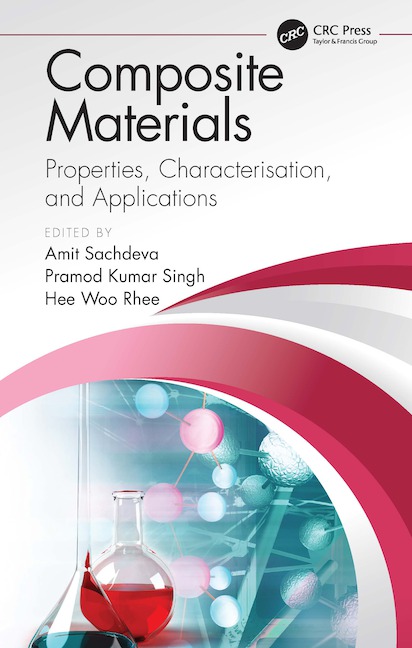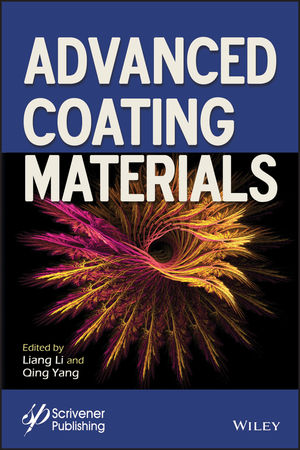Companies in the Display Industry Benefiting from Century-Old Materials Science Expertise

George Eastman was perhaps one of the earliest and most high-profile examples of American entrepreneurship, dropping out of high school and founding Kodak in 1888. For the next century, Kodak enjoyed tremendous success through inventions designed to make photography accessible to amateurs. By 1976, Kodak sold 90% of the photographic film in the U.S. along with 85% of the cameras. At the center of Kodak’s success were some of the most talented materials scientists and chemists in the world. Understanding their reliance on high-quality chemicals, in 1920, George Eastman founded wholly owned subsidiary Tennessee Eastman Corporation, whose primary function was to manufacture chemicals for Kodak’s film products. By 1994, the subsidiary had spun off as a separate corporation. Eastman Chemical has since grown to become a Fortune 500 specialty chemicals company with over 14,000 employees and almost $10 billion in sales.
Understanding this history, it shouldn’t come as a surprise that another company with Kodak roots is developing materials for a new generation of imaging technologies. Cerion Advanced Materials, an 11-year-old specialty materials company based in Kodak’s hometown of Rochester, New York, has seen a significant uptick in requests for specialty nanomaterials for optical display coatings. It’s an arms race for energy savings, picture clarity and brightness between the major tablet, smart phone and television manufacturers, and in many cases, coatings that incorporate nanomaterials hold the key to unlocking performance improvements.
Cerion continues to invest in and expand its technical expertise. This expertise involves the ability to precisely engineer nano-sized materials, formulate stable nanomaterial dispersions in a number of organic solvents and the proficiency to scale-up these complex materials for incorporation into industrial products.
Synthesis Process
The company recognized the equipment and processing of nanomaterials is often similar to the solution-based processes employed to produce silver halide grains that are the light-sensitive component of photographic film. Tuning the particle size and composition was a requirement for optimal product performance and required expertise in chemically controlled precipitation under precise conditions to produce uniform particles. Today, many of these same concepts are applied by Cerion scientists to design customized nanoparticle dispersions for companies interested in nanoparticles that can impart enhanced optical properties when coated onto a display. For example, addition of zirconia and titania nanoparticles can increase the refractive index (RI) of certain display coatings. Manufacturers are interested in incorporating materials such as these to produce higher RI coatings, because they enable displays to use less light (energy) or to have thinner profiles. In a transparent optical coating formulation, larger, non-uniform nanoparticles will negatively impact transparency and will cause haze in the final coating. Careful design of the nanoparticle component can improve transparency of these films and will have wide-ranging applications in optical coatings and devices.
Particle Functionalization
Fabrication of optical and photographic composite coatings rely on application of fundamental principles of colloid science. Synthesizing uniform silver halide grains was only one part of the equation for scientists and manufacturing engineers developing photographic materials. It was necessary to surface-functionalize the silver halide to respond to appropriate wavelengths of light and to be sensitive enough to enable good resolution. These emulsions would then be coated on a substrate such as cellulose acetate film, polystyrene film or other materials such as paper coated with olefin polymers. Like film emulsions, formulations for display coatings also require particle surface functionalization to ensure compatibility with other coating components that can cause an adverse effect in the presence of inorganic nanoparticles. It is often necessary to “cap” the nanoparticles to ensure compatibility with other chemistries.
Ultrafiltration
Optical coating formulations are required to be free of impurities. The same was true for film emulsions. The presence of impurities can cause defects in the final coating. Among other methods, ultrafiltration techniques utilizing a semipermeable membrane were employed for purification of the silver halide materials. Similar processing can be employed for the purification and concentration of nanoparticle dispersions for optical display coatings.
Conclusion
For over a century, Kodak has been a shining example of American innovation. While the products are different, successful incorporation of nanomaterials into optical display coatings relies on the core expertise of engineering finely tuned nanoparticles, dispersal in a variety of solvents and scaling these processes to commercial volumes.
Looking for a reprint of this article?
From high-res PDFs to custom plaques, order your copy today!






